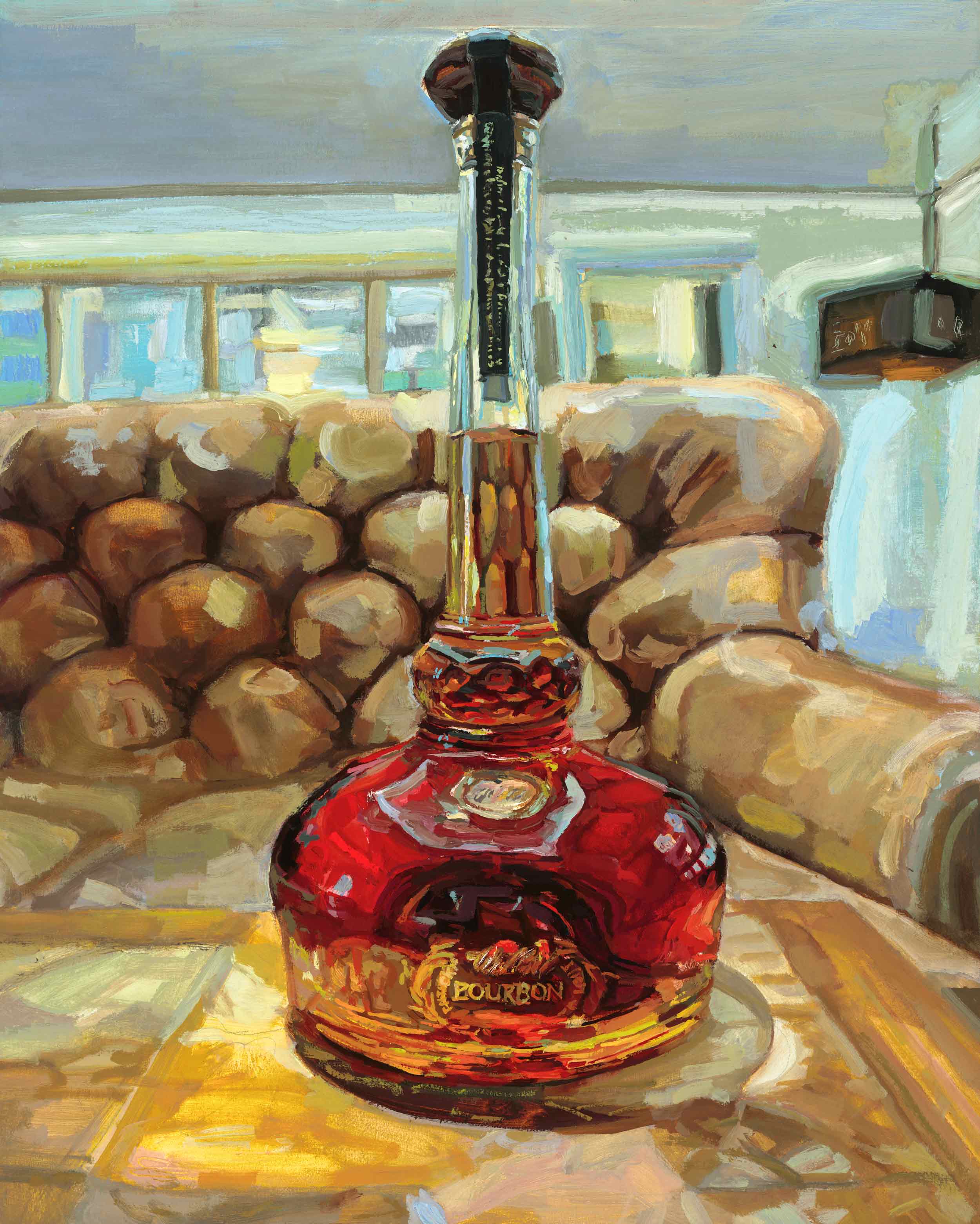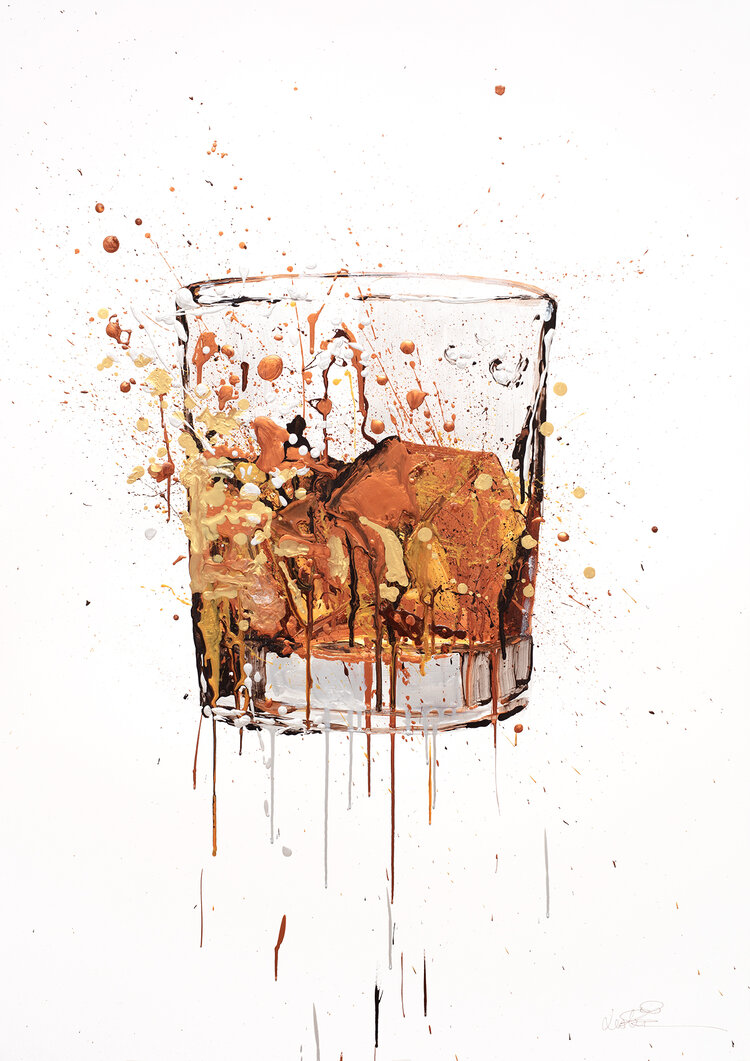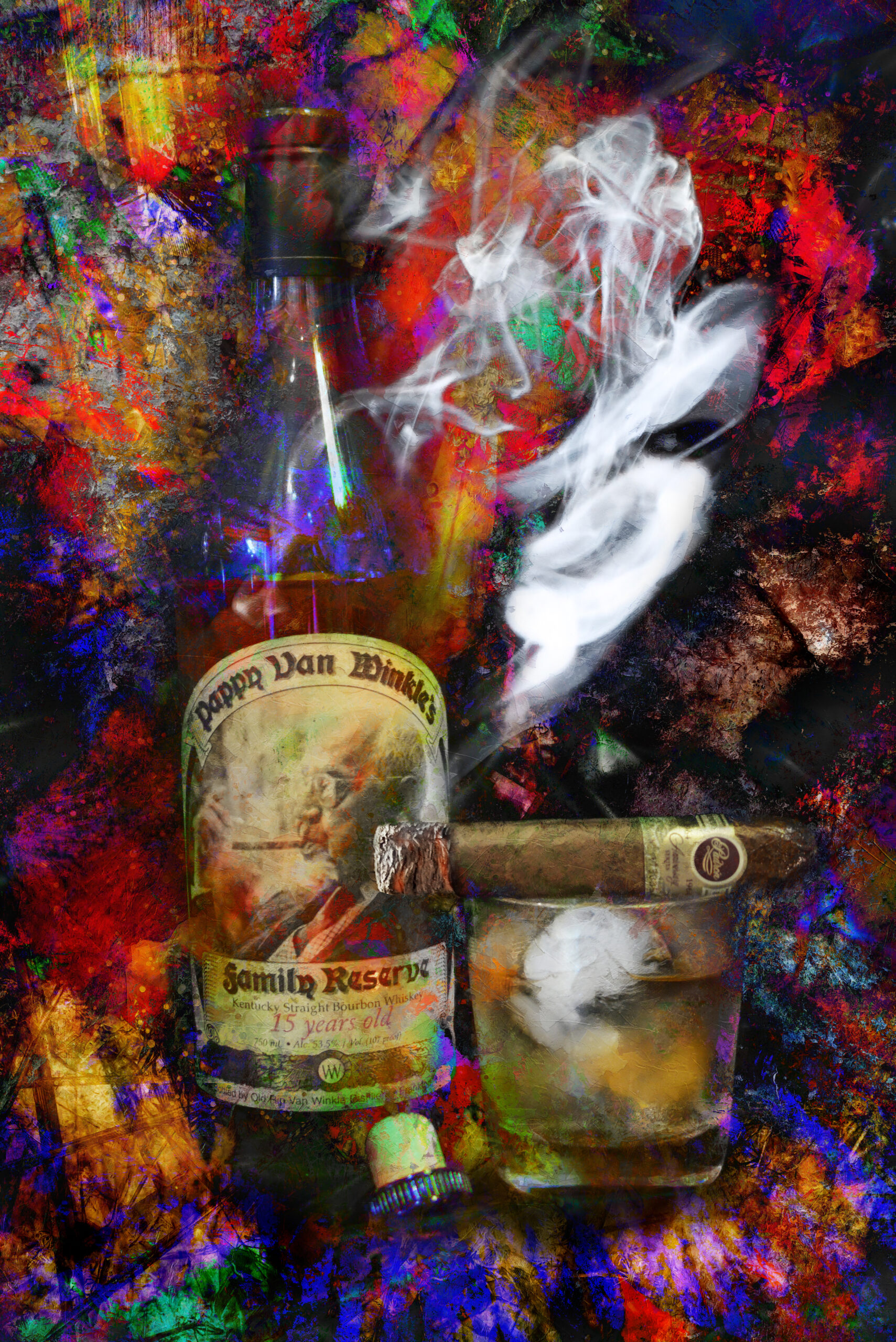Whiskey Art as a Statement: Just How It Enhances Home Décor
Whiskey Art as a Statement: Just How It Enhances Home Décor
Blog Article
The Significance of Whiskey Art in Celebrating Heritage and Craftsmanship in the Beverage Industry
The elaborate connection between scotch art and the event of heritage and craftsmanship within the beverage market can not be overstated. Through thoughtfully developed labels and bottles, whiskey brand names envelop their historic roots and the artisanal skills that define their production methods. This artistic measurement not just boosts market charm however likewise works as a conduit for cultural storytelling, cultivating a deeper connection between the consumer and the craft. As we discover the different aspects of this topic, intriguing questions concerning the effect of modern trends on typical techniques develop, triggering further exam.
The Historic Roots of Whiskey
At the heart of scotch's allure exists a rich tapestry of historic roots that map back to ancient people. The beginnings of whiskey can be linked to the purification methods of the Sumerians and Babylonians around 2000 BCE, where very early types of fermented grain drinks began to arise. It was in the Middle Ages that the art of purification evolved substantially, particularly in Ireland and Scotland, leading to the development of bourbon as we know it today.
The term "scotch" itself stems from the Gaelic word "uisce beatha," implying "water of life." This expression underscores the social value of whiskey in Celtic societies, where it was usually associated with routines, parties, and communal bonding. By the 15th century, distillation ended up being a recognized craft within monastic neighborhoods, leading the way for the facility of legal distilleries.
As trade paths broadened, bourbon's appeal grew, transcending regional borders and recording the interest of connoisseurs worldwide. Whiskey Art. This historic trip reflects not just the craftsmanship behind whiskey production but likewise its important duty in social and social contexts, noting it as a significant beverage throughout history
Artistic Expression in Branding
Scotch branding stands as an engaging intersection of artistry and business, where visual identification plays a vital duty in forming customer assumption. The aesthetic appeals of scotch tags, packaging, and advertising products show not only the brand's story but also its core worths and heritage. Via imaginative expression, distilleries communicate a narrative that resonates with consumers, stimulating feelings and stimulating connections.
The use of shade, typography, and imagery in branding offers to set apart items in a saturated market. For example, traditional concepts may evoke a feeling of authenticity and craftsmanship, while modern layouts can represent innovation and forward-thinking. This calculated artistic instructions enhances brand name recognition and loyalty, allowing consumers to build an individual relationship with the scotch they choose.
Additionally, imaginative expression in branding typically functions as an event of local heritage. Distilleries frequently integrate local signs or historic references right into their layouts, creating a local color that invites customers to take part in a wider social experience. Ultimately, the creativity behind bourbon branding not only improves aesthetic allure but likewise improves the overall narrative of the brand, cultivating a much deeper gratitude for the workmanship and heritage ingrained in each container.
Craftsmanship in Bottle Style
The virtuosity evident in scotch branding expands past visual identity to include the workmanship associated with container layout. Each bottle functions as a vessel not just for the spirit within, however likewise for the story it outlines its quality, origin, and tradition. The design process requires meticulous attention to detail, as aspects such as shape, material, and closure contribute dramatically to the overall perception of the bourbon.
Workmanship in container style includes choosing premium glass that can improve the bourbon's shade and quality, while likewise offering a tactile experience for the customer. The shape of the bottle should be both aesthetically appealing and useful, usually mirroring the heritage of the brand. Numerous distilleries choose one-of-a-kind forms or embossed logo designs that stimulate a sense of credibility and history.
In addition, the label layout and typography play a vital role in connecting the brand's story. Whiskey Art. A well-crafted container not only astounds the consumer's eye yet additionally strengthens the brand's dedication to quality and practice. This way, the craftsmanship of bottle design ends up being an important facet of the scotch experience, combining creativity with an extensive respect for heritage
Social Relevance of Whiskey Art
Commemorating tradition and workmanship, the cultural relevance of whiskey art transcends plain aesthetics, linking with the social and historic stories of the regions where it stems. Each bottle works as a canvas, depicting the special stories, folklore, and practices that have shaped regional whiskey-making practices. The intricate styles often show the heritage of the distillers, including symbols and themes that reverberate with the society and values of their neighborhoods.

Furthermore, bourbon art plays a crucial duty in communal events read more and celebrations, offering as a concrete web link between individuals and their shared experiences. By appreciating the creativity in whiskey packaging, customers grow a deeper understanding and regard for the craft, ultimately improving their enjoyment of the beverage itself.
Modern Trends in Bourbon Presentation
In current years, the discussion of scotch has actually evolved to mirror modern preferences and fads while still honoring conventional workmanship - Limited Edition. Distilleries are increasingly concentrating on aesthetic aspects that improve the total drinking experience, connecting the void between heritage and modernity
Ingenious container layouts have arised, usually incorporating sustainable products and imaginative labels that tell compelling tales. Lots of brand names now team up with local artists, instilling their items with one-of-a-kind visual expressions that resonate with consumers. Furthermore, limited-edition releases are usually packaged in collectible containers, including worth and appeal for connoisseurs.

Final Thought
To conclude, scotch art acts as a vital channel for sharing the heritage and craftsmanship fundamental in the beverage market. Via intricate branding, ingenious container layouts, and click here for more info culturally considerable creative components, whiskey brands successfully recognize their traditions and connect with consumers. This creative story not just elevates the gratitude of scotch yet also strengthens neighborhood identification and satisfaction amongst manufacturers. Inevitably, bourbon art plays an important function in preserving and celebrating the rich cultural tapestry of whiskey-making.


Craftsmanship in bottle design entails picking premium glass that can boost the whiskey's shade and quality, while additionally providing a responsive experience for the customer. In this way, the workmanship of bottle design ends up being an essential aspect of the scotch experience, merging artistry with a profound regard for heritage.
In conclusion, scotch art serves as an important conduit for revealing the heritage and workmanship intrinsic in the beverage sector.
Report this page